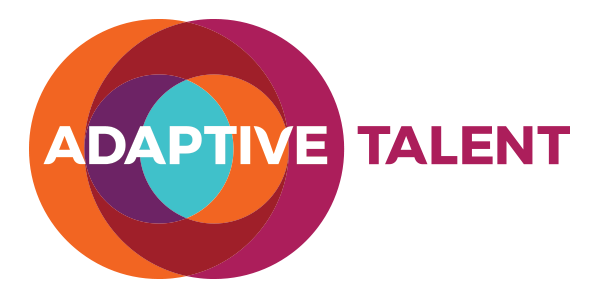The Conscious Leadership Group is fantastic, and constantly produce really helpful tools and ways of looking at typical organizational situations that help to minimize drama and boost the conditions for optimal interaction, growth, enjoyment, and results. They’ve done it again with this short video on decision rights by creating a simple model of the two variables – buy-in required and time required – to help a leader determine which approach will be best suited to her/his needs.
Here are their recommendations:
Step 1: Identify if there is a decision to be made
Step 2: Clearly articulate the decision
Step 3: Determine the importance of time and buy-in by answering these questions
- How much time do you have?
- How important is the issue?
- How much stakeholder buy-in do you need?
- Who has the information and expertise needed?
- How capable and experienced are the decision-makers?
- What is the decision right that could strengthen the team?
Step 4: Choose a decision right (based on answers from step 3)

Step 5: Execute the decision right
Engage the relevant stakeholders to address the issue.
Step 6: Be complete with your decision
Once you’ve reached your decision, everyone agrees that it is final/complete. That means no side conversations about what anyone didn’t share during the process, no back door attempts to influence the decision maker(s), and clarity around an agreed upon process for revisiting the decision if needed.
Descriptions: 7 Types of Decision Rights
1. Leader decides
The leader and leader alone makes the decision without seeking any input. This method is fast but doesn’t always create buy-in.
2. Leader decides with input
The leader makes the decision while seeking input from others. The leader decides the amount of input and the time allotted.
3. Subgroup decides
Some decisions are best made by a subgroup of the whole. This subgroup can be made up of subject matter experts or representatives of stakeholder constituencies. When this decision right is chosen the subgroup makes the decision and no one else gives input.
4. Subgroup decides with input
The subgroup makes the decision while seeking input from others.
5. Majority vote
Leader decides how much time to allot for group discussion and what type of majority will be used for the vote (simple majority, two/thirds, etc.). Everyone has the opportunity to voice their thoughts and enter their vote.
6. Consensus
Consensus is achieved when no one is opposed to the decision. People can be neutral or have various levels of agreement with the decision, but no one can be opposed. Consensus demands that everyone is heard and that everyone stands for what is best for the whole.
*When a leader chooses consensus as the decision right, they must also choose a fallback decision right. Sometimes consensus is not achieved, and when it isn’t, the group needs to know how the decision will be made.
The leader can select any one of the previous 5 decision rights as the fallback method for making the decision.
7. Alignment
Alignment is a form of consensus where every individual is not only unopposed, but is in complete agreement with the decision. Alignment usually takes the longest time, but delivers the greatest buy-in.
*Like consensus, alignment requires choosing a fallback decision right in case alignment isn’t achieved.
—
Adaptive Talent is a talent consultancy designed to help organizations achieve amazing results and ongoing adaptability. Founded in 2008 and based in Vancouver, Canada we offer retained search, assessments, total rewards consulting, training, leadership coaching and development programs, and culture & organizational development consulting.

